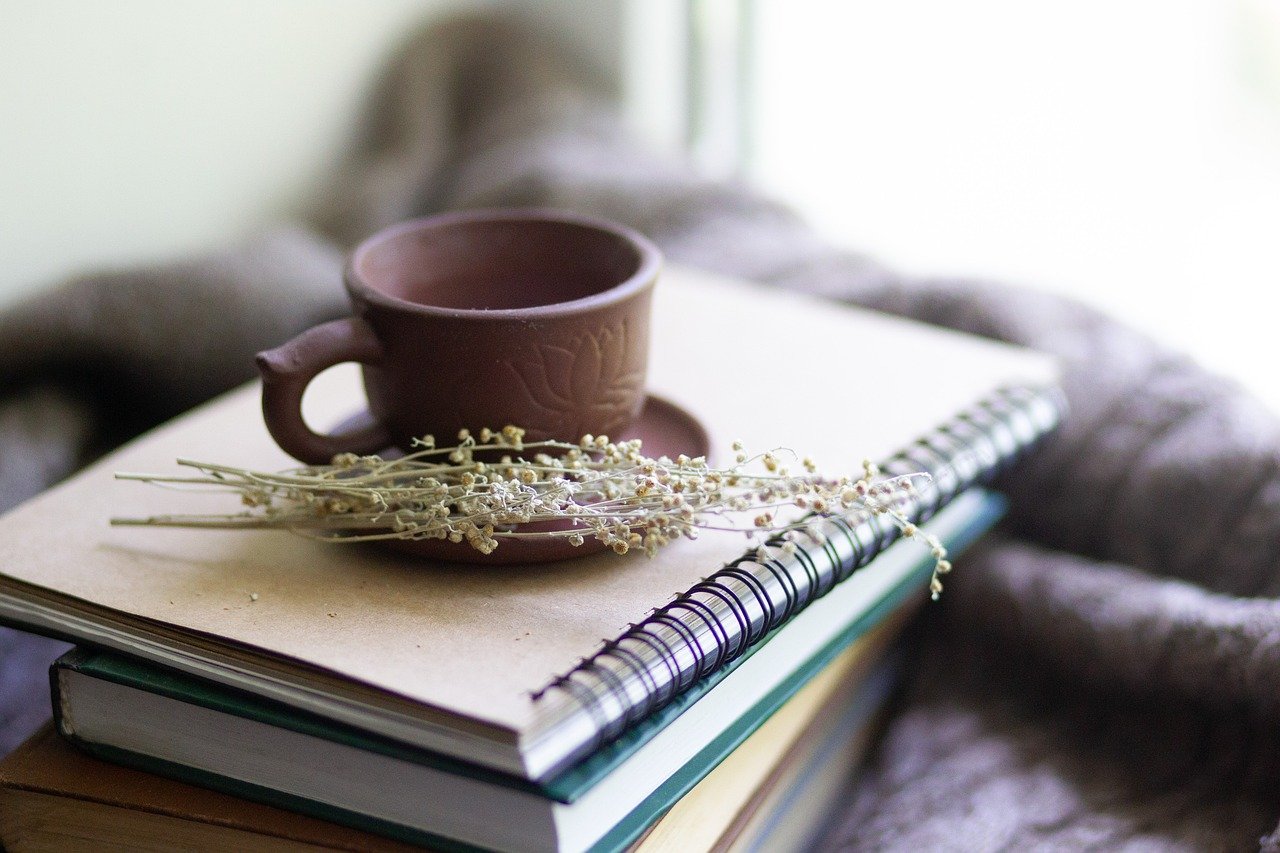Baking gluten-free can seem like a daunting task, especially if you’re used to traditional wheat-based recipes. However, with the right techniques and a bit of practice, you can create delicious gluten-free baked goods that are just as satisfying as their gluten-containing counterparts. Here are some essential tips for mastering gluten-free baking and ensuring your treats turn out perfectly every time.
1. Understand Gluten-Free Flour Blends
One of the key differences in gluten-free baking is the flour. Unlike wheat flour, which contains gluten that provides structure and elasticity, gluten-free flours behave differently. It’s essential to use a well-balanced gluten-free flour blend that mimics the properties of wheat flour. Many store-bought blends are designed to be a 1:1 substitute for regular flour and contain a mix of rice flour, potato starch, and tapioca flour. If you prefer to create your own blend, combining different flours like almond flour, coconut flour, and sorghum flour can give you a desirable texture and flavor.
2. Incorporate Xanthan Gum or Guar Gum
Gluten-free baked goods often require a binding agent to help provide structure and elasticity, which gluten naturally provides in traditional baking. Xanthan gum and guar gum are two common options used to achieve this. Typically, you’ll need about 1/4 to 1/2 teaspoon of xanthan gum per cup of gluten-free flour. These gums help to stabilize and hold together the ingredients, improving the texture of your baked goods. If you’re using a store-bought gluten-free flour blend, it may already contain xanthan gum or guar gum, so check the label before adding extra.
3. Experiment with Different Leavening Agents
Leavening agents such as baking powder, baking soda, and yeast are crucial in gluten-free baking to ensure your baked goods rise properly. Since gluten-free flours can be heavier and denser than wheat flour, you may need to adjust the amount of leavening agents or use a combination to achieve the desired rise and texture. If a recipe calls for yeast, ensure it is fresh and active to help the dough rise properly. For quick breads and cakes, a combination of baking powder and baking soda often works well.
4. Balance Moisture and Texture
Gluten-free flours can absorb moisture differently than wheat flour, so it’s essential to adjust the liquid content in your recipes. Adding extra liquid, such as milk, oil, or applesauce, can help achieve the right consistency. Additionally, incorporating moist ingredients like mashed bananas or pumpkin puree can enhance texture and flavor. It’s often a good idea to start with the lower end of the recommended liquid amount and add more if needed to achieve a batter that is neither too dry nor too runny.
5. Allow for Extra Mixing Time
When baking with gluten-free flours, it’s important to mix your ingredients thoroughly to ensure even distribution of the leavening agents and binding agents. Gluten-free batters and doughs can sometimes be thicker and require more mixing time compared to traditional wheat-based recipes. However, be cautious not to over-mix, as this can negatively affect the texture of your baked goods.
6. Use Parchment Paper or Silicone Mats
For easy release and to prevent sticking, line your baking pans with parchment paper or use silicone baking mats. This is especially useful for gluten-free recipes, as some batters and doughs can be more delicate and prone to sticking. Parchment paper helps to create a barrier between the pan and your baked goods, ensuring a smooth release and preventing the bottom from becoming too dark.
7. Cool Completely Before Serving
Gluten-free baked goods often need to cool completely before they can be cut or enjoyed. This allows the structure to set and ensures a better texture. If you try to cut or eat them too soon, they may crumble or fall apart. Patience is key in gluten-free baking, so allow your treats to cool on a wire rack before serving.



